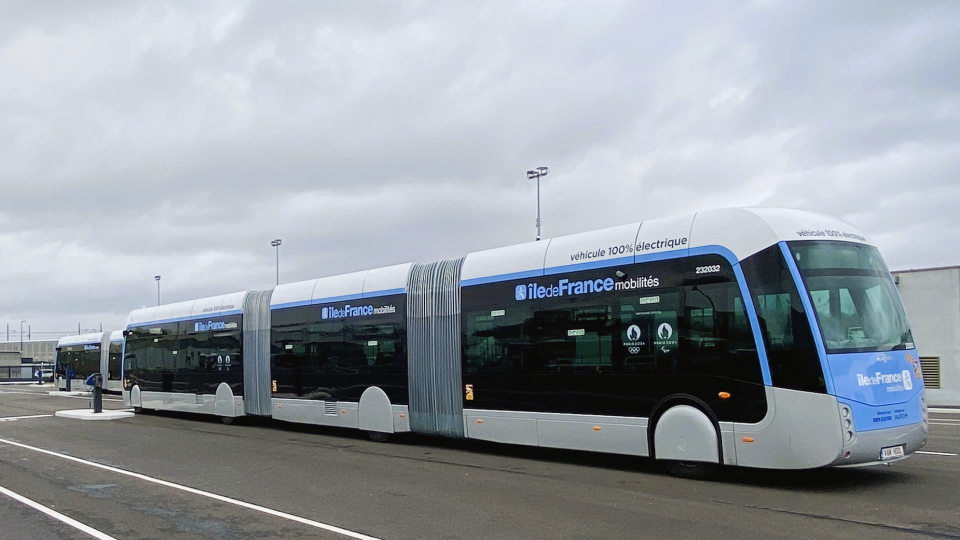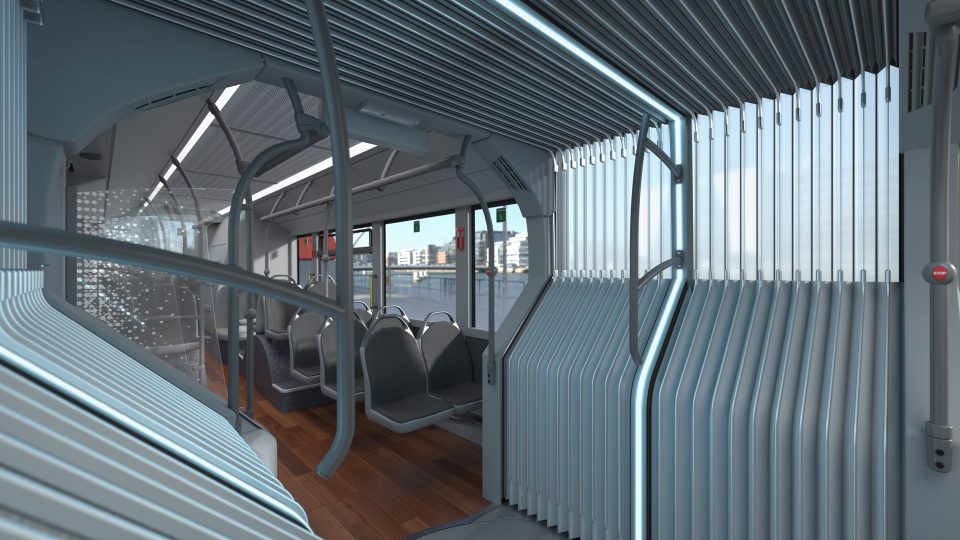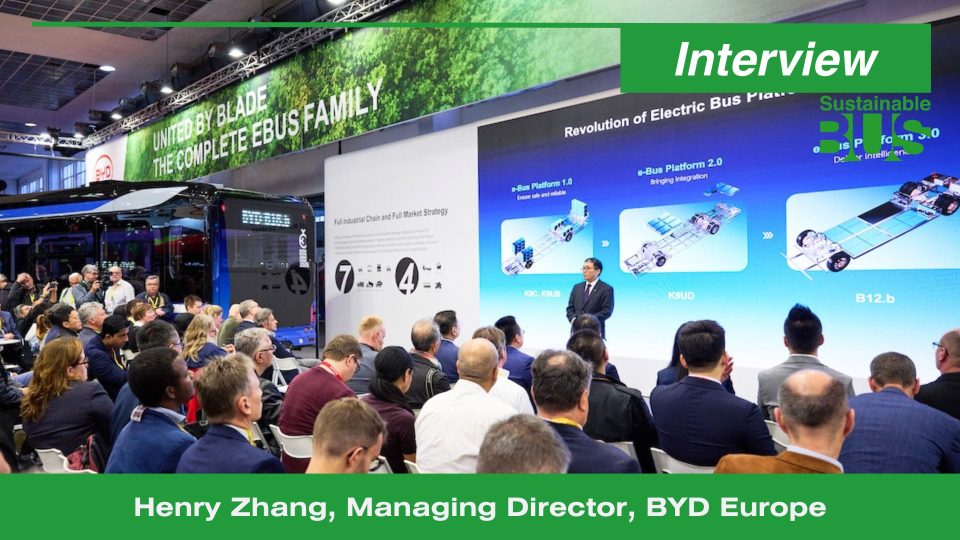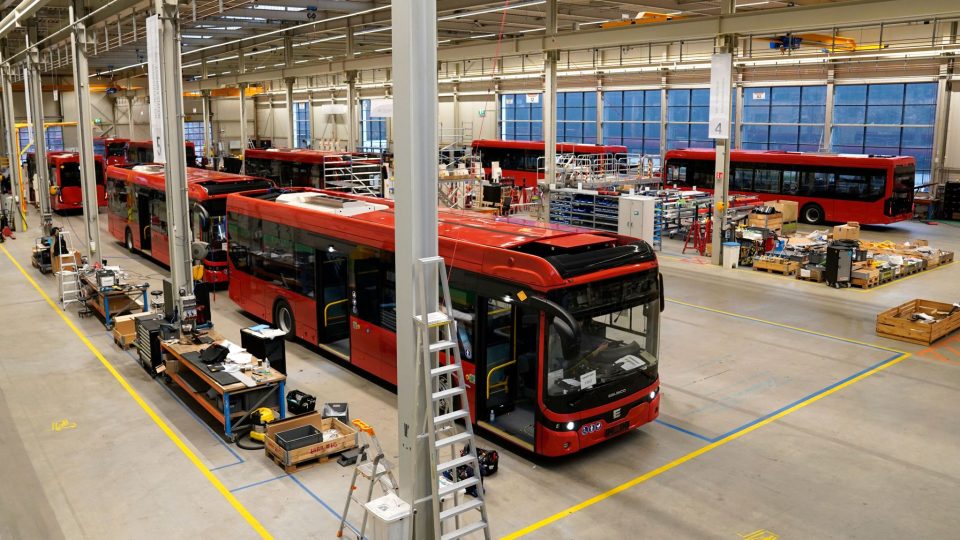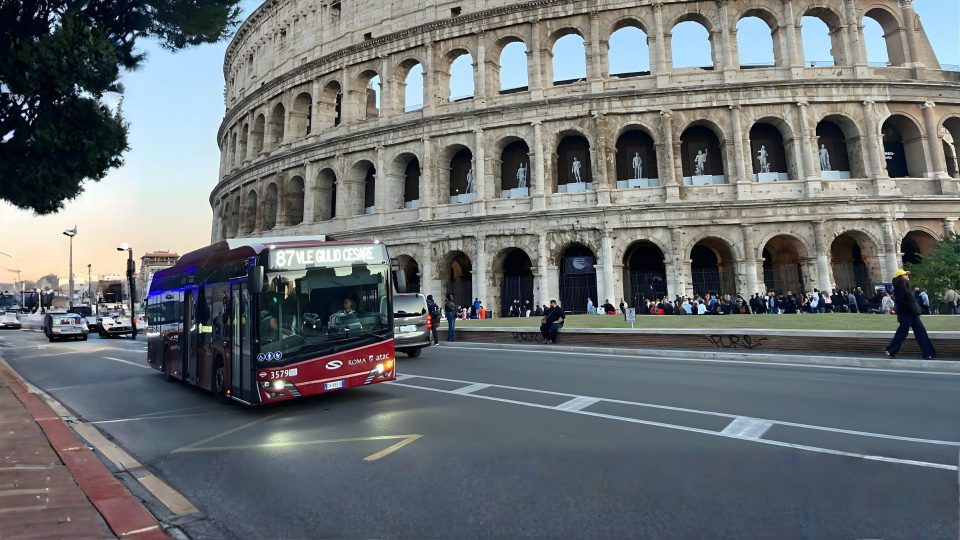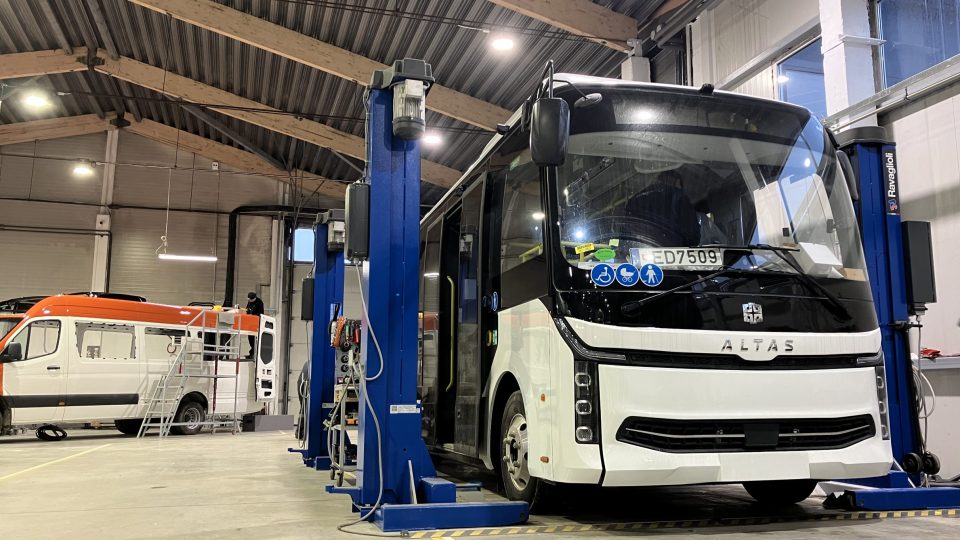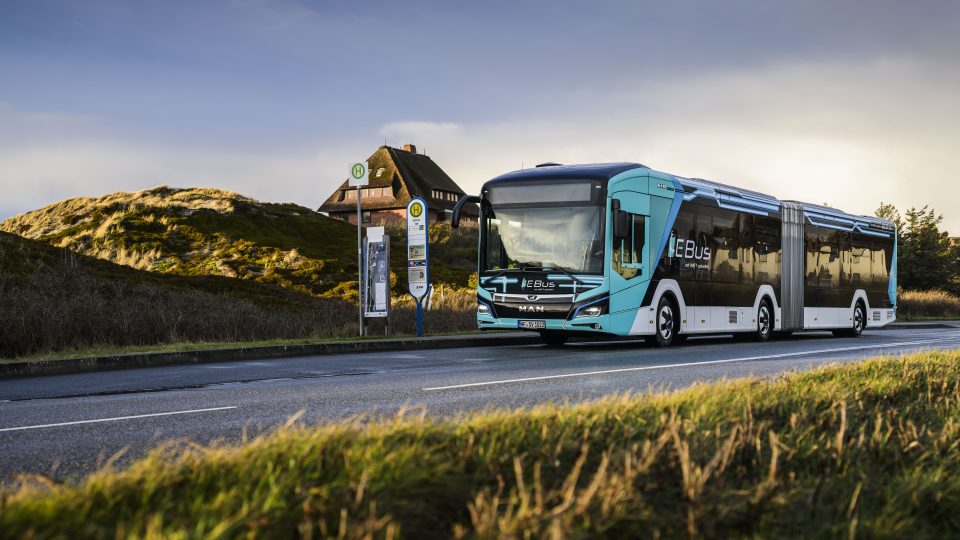European bus manufacturers’ margins average 2.5%; cost cuts of 20–25% possible with production and design efficiencies, McKinsey says
Margins in the European bus and coach industry have averaged just 2.5% between 2019 and 2024, according to McKinsey’s “Don’t miss the bus: New strategies for European bus and coach OEMs”, published by the McKinsey Center for Future Mobility (which is also contains interesting insights in terms of market forecasts). While some manufacturers reached peaks […]
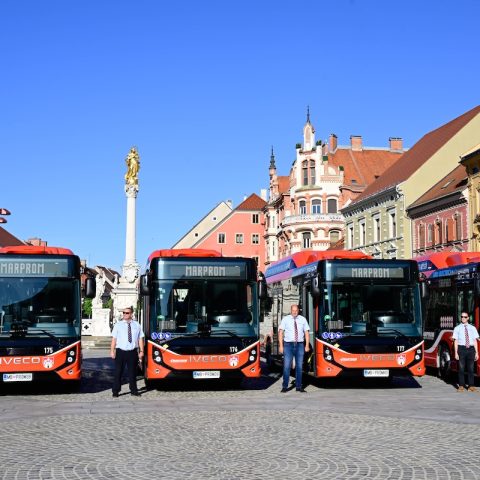
Margins in the European bus and coach industry have averaged just 2.5% between 2019 and 2024, according to McKinsey’s “Don’t miss the bus: New strategies for European bus and coach OEMs”, published by the McKinsey Center for Future Mobility (which is also contains interesting insights in terms of market forecasts).
While some manufacturers reached peaks of 8–10% in favorable years, increased competition and the transition to zero-emission and autonomous technologies are expected to put further pressure on profitability.
The study notes that European OEMs could “potentially reduce total costs by up to 50 percent in multiple areas for battery-electric city buses” if they adopt the production efficiencies seen among Chinese competitors. In manufacturing alone, cost reductions of 20–25% could be achieved through “footprint optimization, smart-factory approaches, and AI- and robotic-powered automation.”
McKinsey on the profitability of bus OEMs
Beyond cost control, McKinsey identifies three key areas where OEMs can improve performance: strengthening their unique selling propositions (USPs), optimizing cost structures, and expanding through strategic partnerships. On the commercial side, total cost of ownership remains a decisive factor for 18–20% of operators, while 20–25% of fleet buyers require flexible financing solutions to enable vehicle procurement.
According to the report, “bus purchasers’ priorities and concerns are increasingly diverse, shaped by vehicle type, fleet size, and use case,” making differentiation through customer-focused offerings essential. The firm’s survey of European bus buyers highlights that local brands lead on safety and quality, while Chinese OEMs compete on price and warranty coverage. European manufacturers, McKinsey suggests, can reinforce their value by offering uptime guarantees, advanced driver-assistance systems, and certified battery life, while countering price-driven competition with verified TCO savings and after-sales support.
Partnerships are seen as another avenue for strategic growth. The study points to a “recent acquisition of a European OEM by an Asian manufacturer” (no need to name it, right?) as an example of how horizontal integration can enhance competitiveness across multiple markets. Vertical collaborations, such as joint development of zero-emission architectures or software-defined platforms, are also emerging.
The report concludes that, amid tightening margins and increasing technological complexity, European bus OEMs “must adjust their strategies or risk losing their edge to lower-cost competitors, particularly in the zero-emission segment.”

